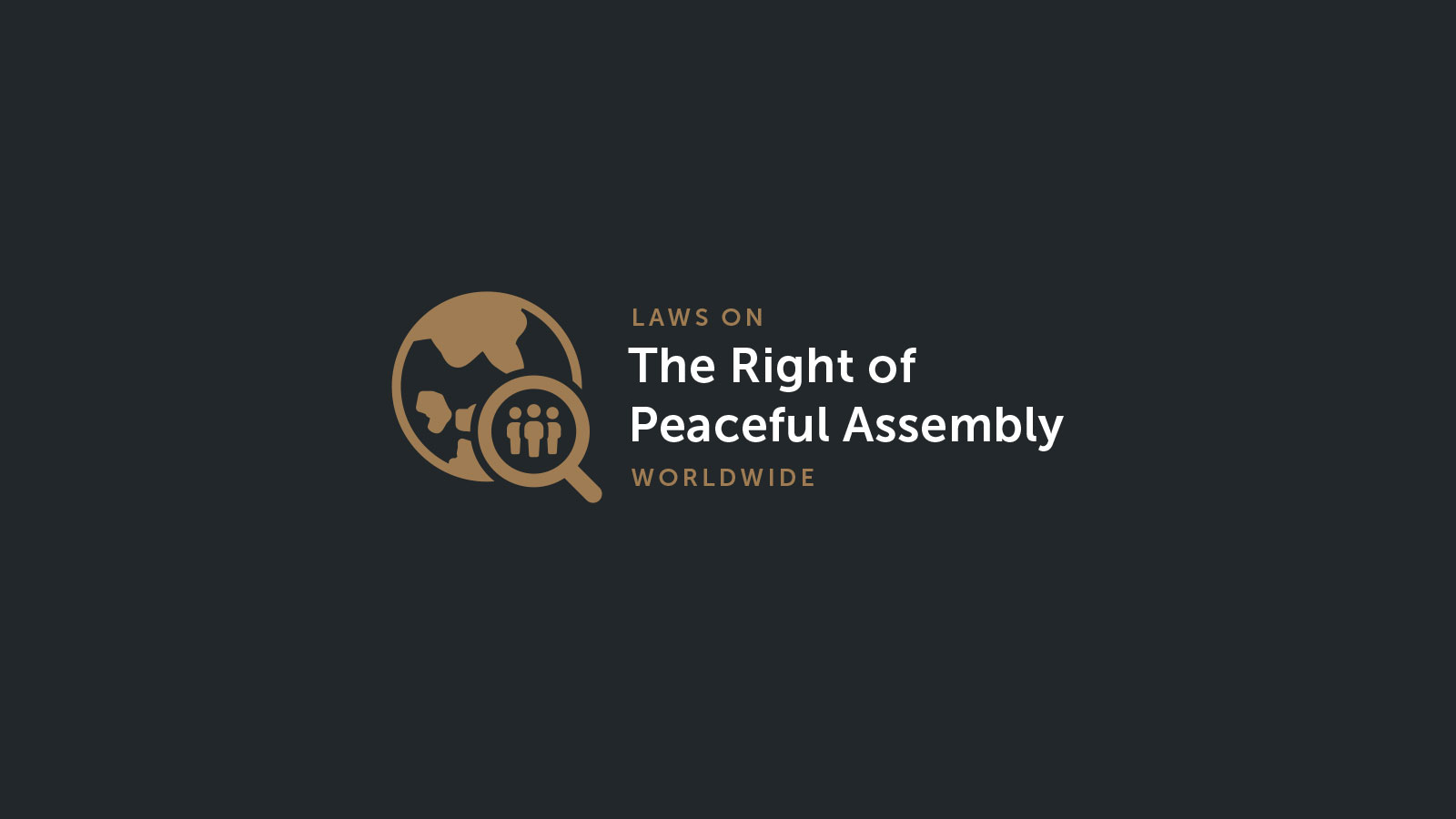The International Human Rights Framework on the Right of Peaceful Assembly
Nepal is a State Party to the 1966 International Covenant on Civil and Political Rights (ICCPR). Article 21 governs the right of peaceful assembly, providing that:
The right of peaceful assembly shall be recognized. No restrictions may be placed on the exercise of this right other than those imposed in conformity with the law and which are necessary in a democratic society in the interests of national security or public safety, public order (ordre public), the protection of public health or morals or the protection of the rights and freedoms of others.
Nepal is also a State Party to the First Optional Protocol to the ICCPR, which allows individuals to petition the Human Rights Committee if they believe the State has violated their human rights as protected under the Covenant.
There is no regional human rights treaty to which Nepal could adhere.
The Domestic Legal Framework on the Right of Peaceful Assembly
Constitutional Provisions
According to Article 17(2)(b) of the 2015 Constitution of Nepal, every citizen has the freedom "to assemble peaceably and without arms".
National Legislation
The 1955 Civil Rights Act (as amended through 2012) guarantees to citizens the right to "assemble peaceably and without arms and ammunition".
Although no national law specifically regulates assemblies, the 1971 Local Administration Act defines an “assembly/meeting” as “a group of 25 or more persons gathered with an intention in an organized or unorganized manner in a public place to address particular objectives." The Civic Freedom Monitor further notes that:
The government has the right to declare restricted zones. Such restrictions have been declared in some areas considered sensitive from a security point of view. In Kathmandu, assemblies or public gatherings may not be held in the following restricted places:
- In front of the Office of the President;
- In front of the Parliament; and
- In front of the Administrative Headquarters of the Government.
The Legal Framework on Use of Force During Assemblies
The Use of Force
International Legal Rules
Under international law, the duty on the State and its law enforcement agencies is to facilitate the enjoyment of the right of peaceful assembly. According to the 1990 United Nations Basic Principles on the Use of Force and Firearms by Law Enforcement Officials:
In the dispersal of assemblies that are unlawful but non-violent, law enforcement officials shall avoid the use of force or, where that is not practicable, shall restrict such force to the minimum extent necessary.
All force used by police and other law enforcement agencies must be necessary for a legitimate law enforcement purpose and proportionate to that purpose.
National Legislation
According to Section 6 of the 1955 Essential Goods Protection Act:
In case an offender tries to flee by using or without using any force in the course of arrest from the spot, he/she shall not be given any opportunity to run away.
The Use of Firearms
International Legal Rules
According to the 1990 United Nations Basic Principles, in the dispersal of violent assemblies, a law enforcement official may only use a firearm against a specific individual where this is necessary to confront an imminent threat of death or serious injury or a grave and proximate threat to life.
National Legislation
Further according to Section 6 of the 1955 Essential Goods Protection Act:
In case the situation demands to use any arm or ammunition, the Head Constable or officer senior to him/her from the Police Force or by the command or officer senior to him/her from Nepal Army or if it is from any other force, the command or officer of the same rank may, through their own or through their subordinate, issue the order to use the weapon or shoot below the knee and arrest such person. No Government employee shall be punished for the death of any person in the course of arresting him/her, as mentioned herein.
This does not comply with international law.
State Compliance with its Legal Obligations
Views and Concluding Observations of United Nations Treaty Bodies
In its 2014 Concluding Observations on Nepal, the Human Rights Committee did not address in detail the right of peaceful assembly.
In its 2015 Universal Periodic Review under the UN Human Rights Council, Nepal submitted a national report in which it asserted that:
The GoN has always respected the freedom of assembly. Declaring some public places as restricted zones by issuing official notification to maintain public order and peace should not be considered as an unreasonable restriction on this freedom. Furthermore, security forces are being regularly trained to strictly follow the policy on minimum use of force even in controlling violent situations
Views of Civil Society
In 2021, CIVICUS reported that in recent months, mass protests against the decision by the prime minister K. P. Oli to dissolve parliament were met with restrictions, arbitrary arrests, and excessive use of force by the police. Threats and attacks against journalists have persisted and a new study shows that over-broad, vague and subjective laws are being used to censor or criminalise freedom of expression.
According to Freedom House's 2019 report on Nepal:
Although the constitution guarantees freedom of assembly, security forces violently disperse some protests and demonstrations, particularly in the southern regions, where there is a large Madhesi population. In August 2018, a teenage boy was killed, and dozens more were injured, when security forces opened fire on a protest in Mahendranagar against the police response to the rape and murder of a 13-year-old girl. In July, dozens of people were injured when the police fired tear gas and used batons to disperse a protest in Kathmandu demanding improved health care.


 Glossary
Glossary

 About Us
About Us
 Twitter
Twitter